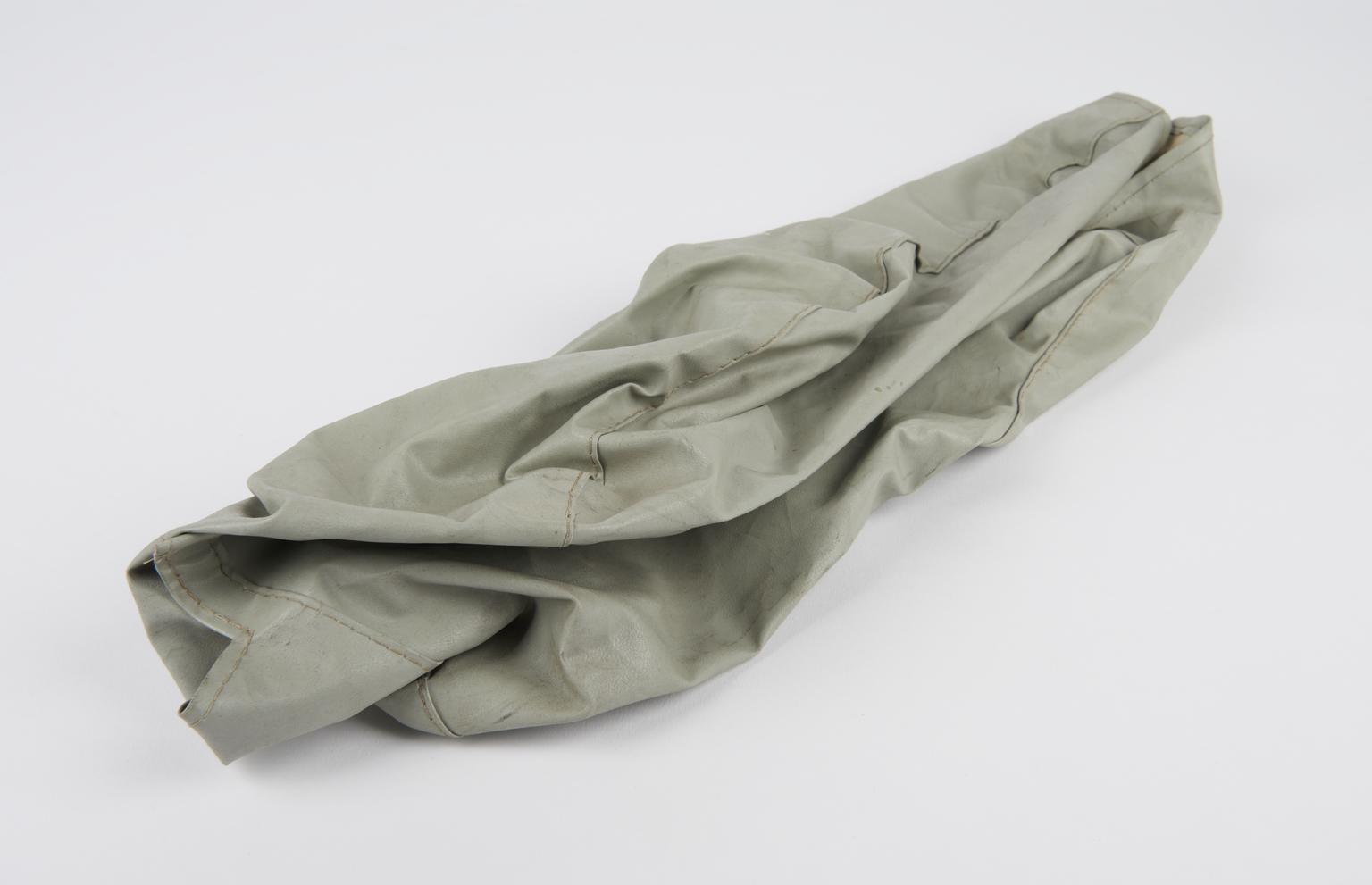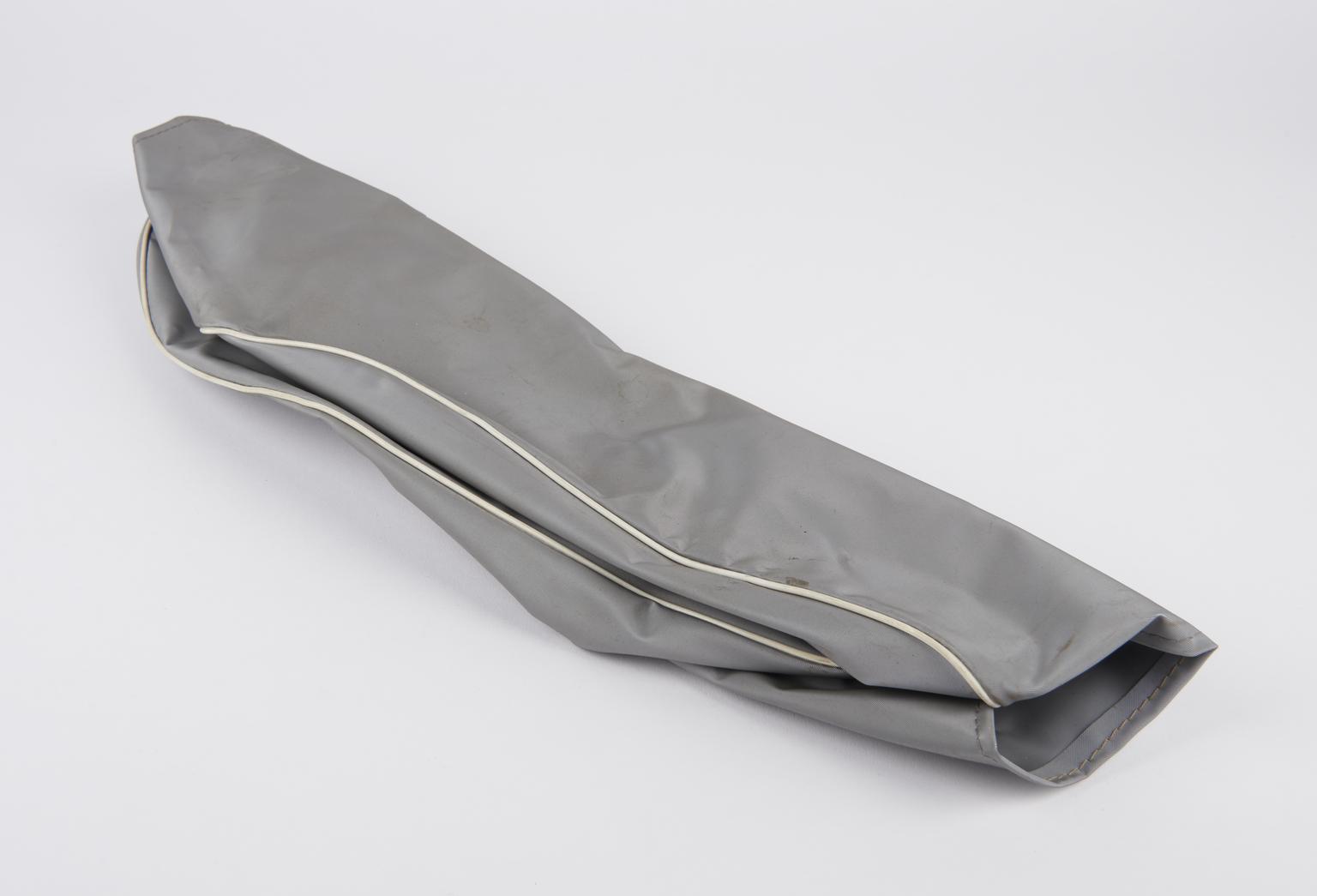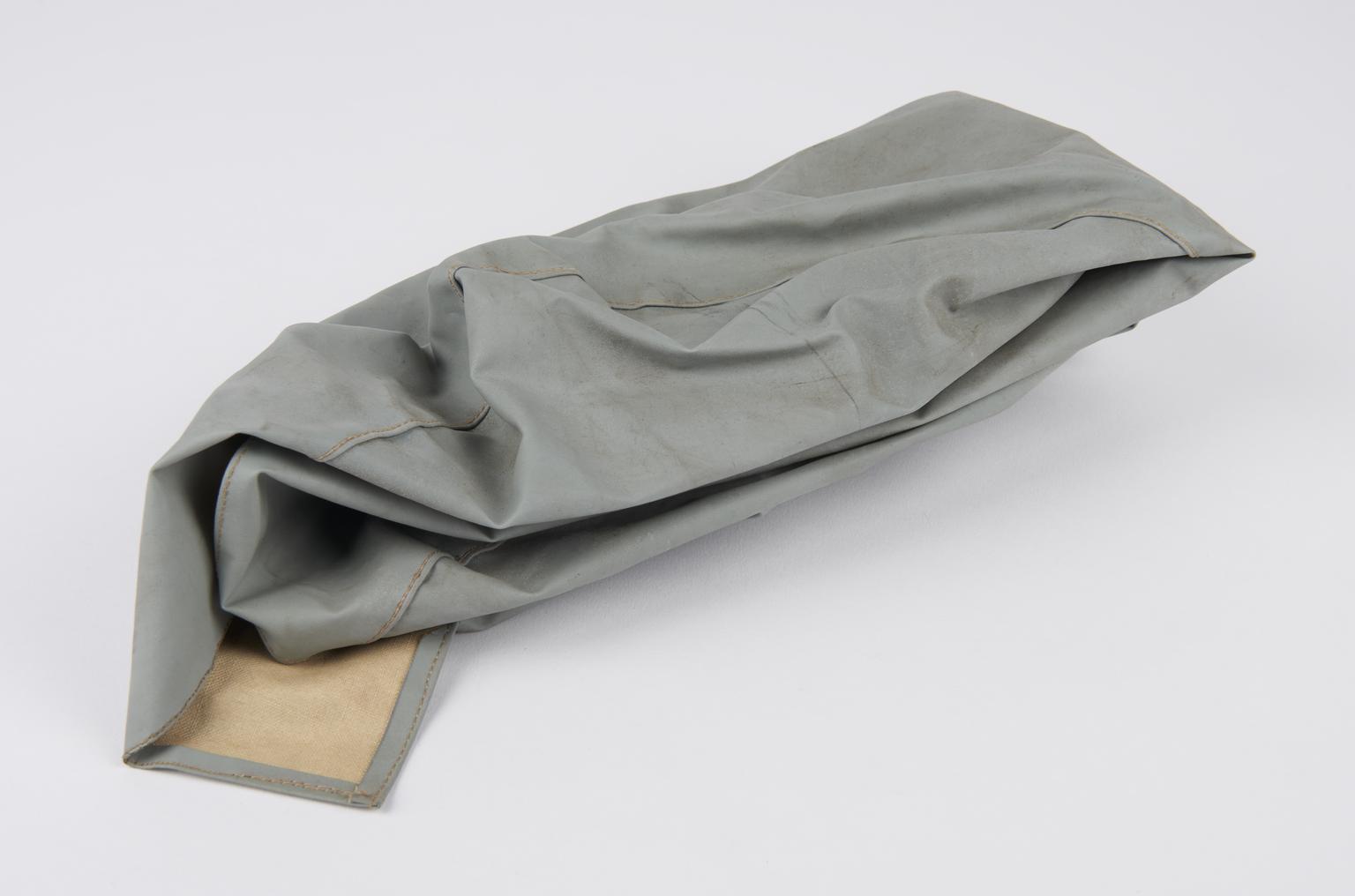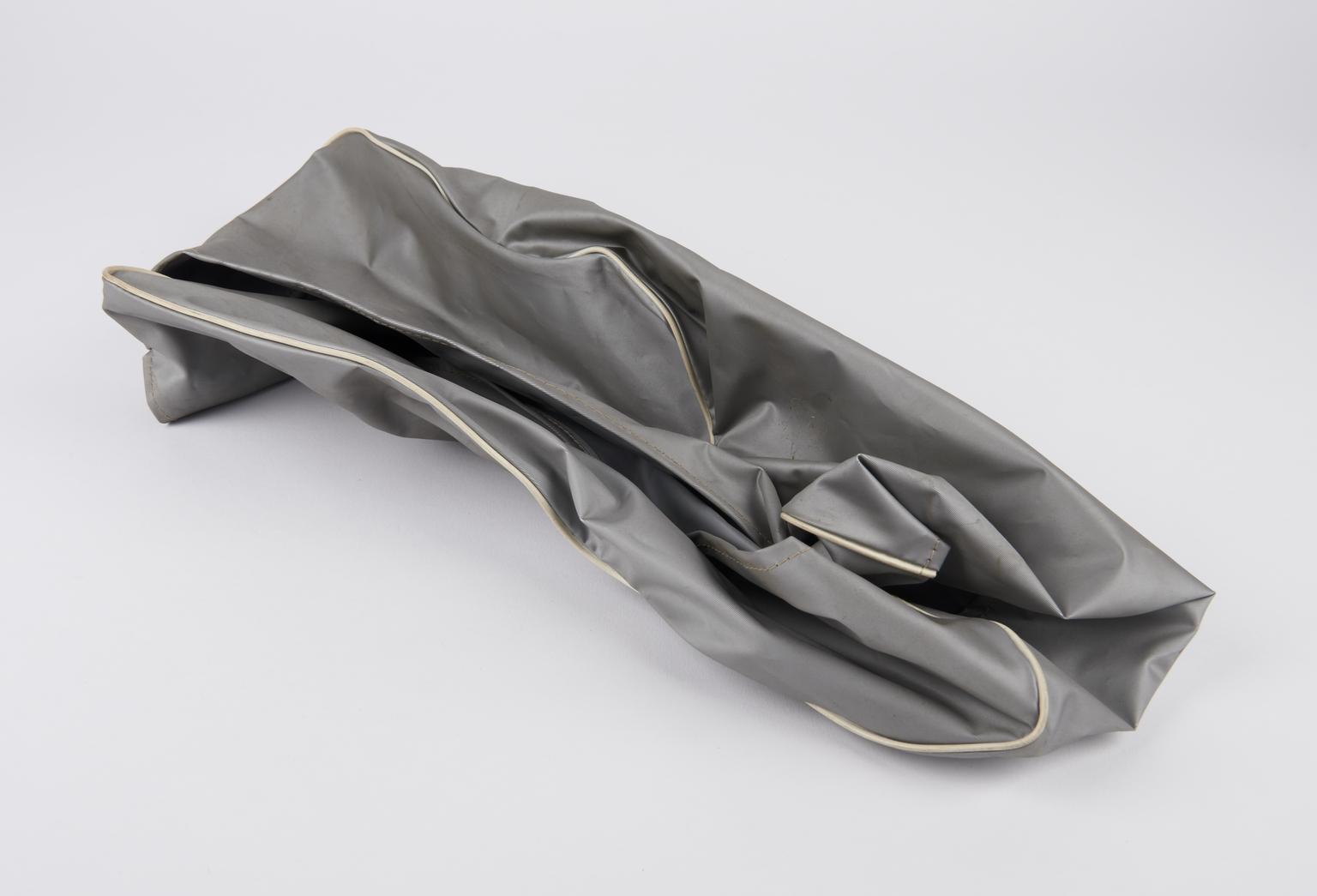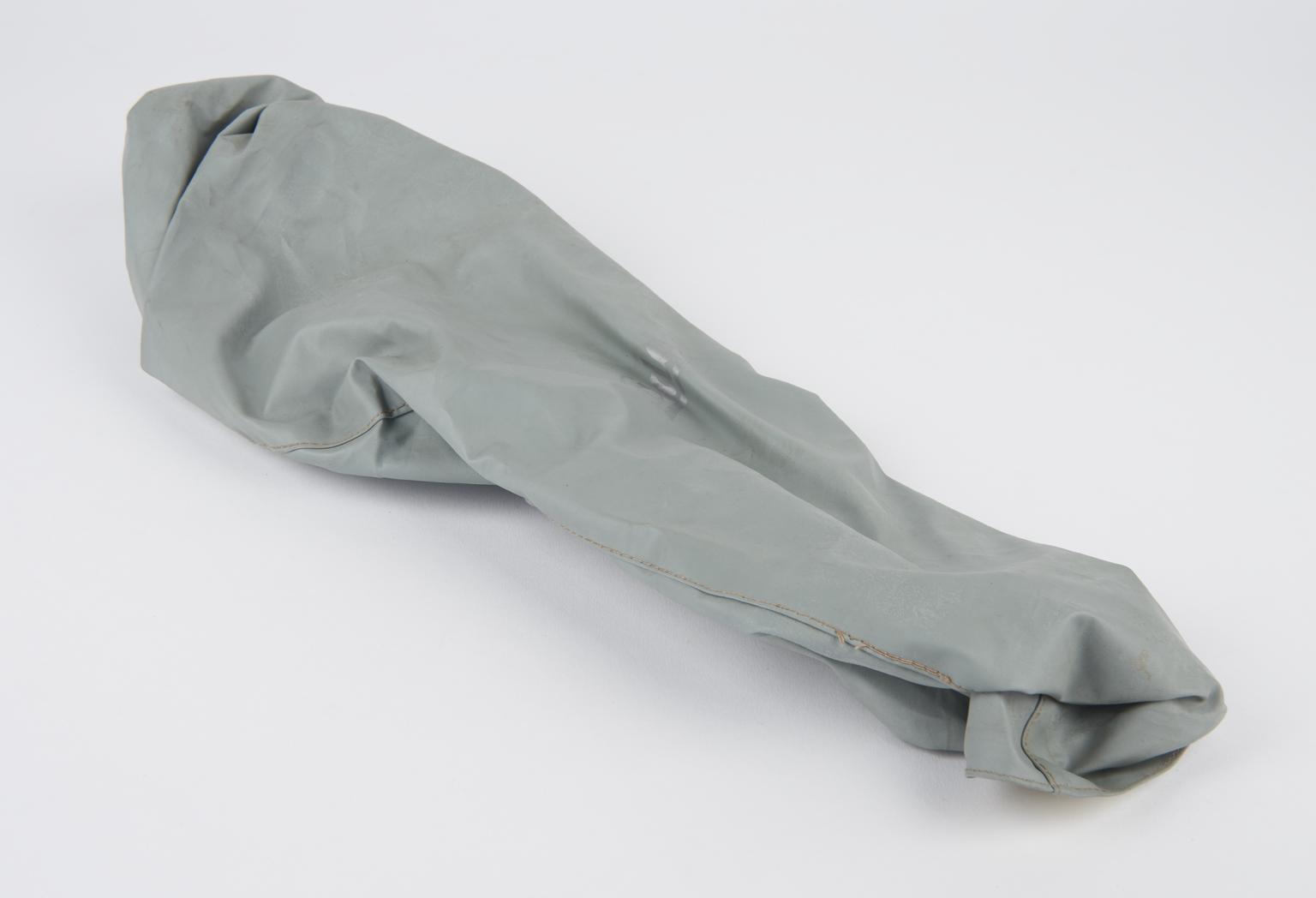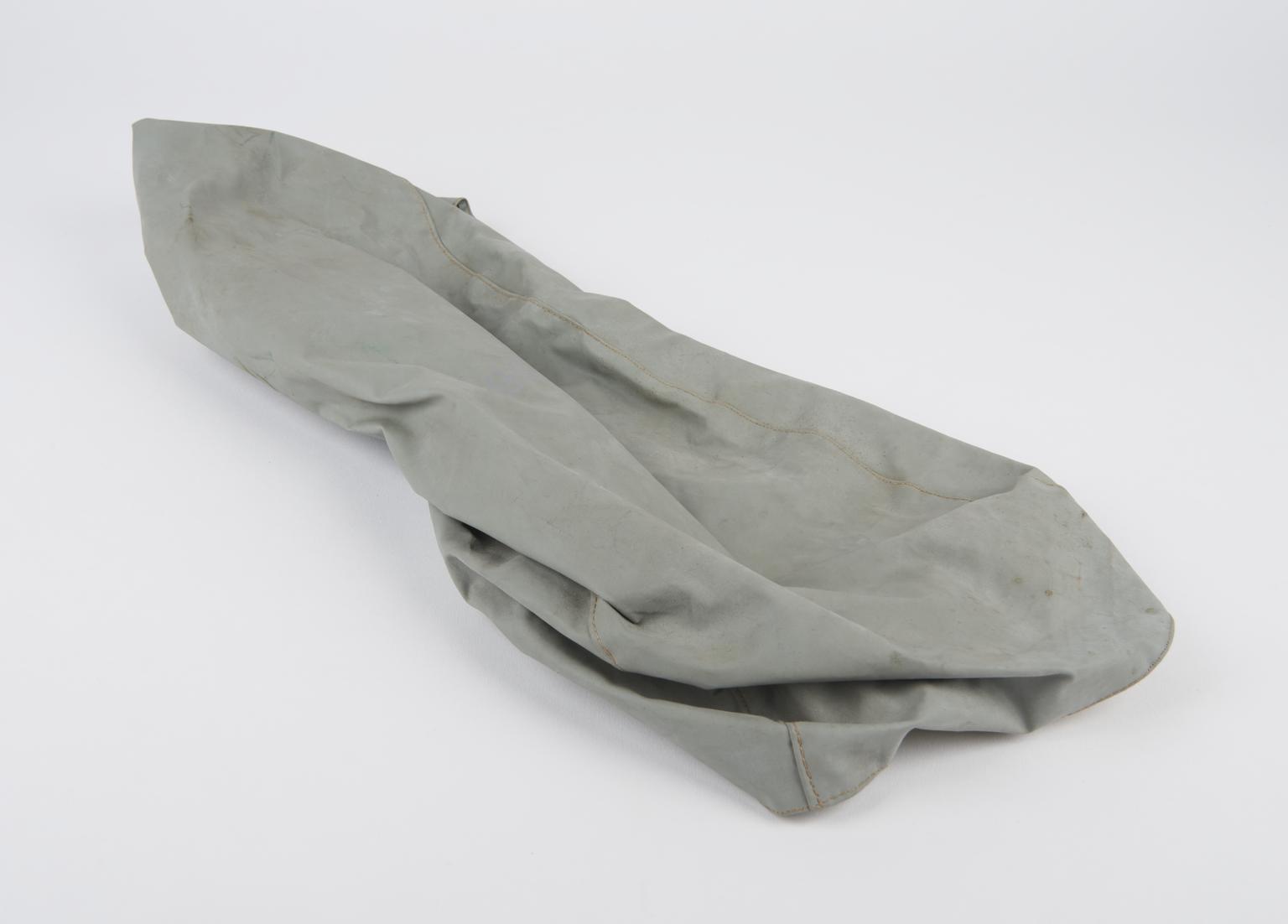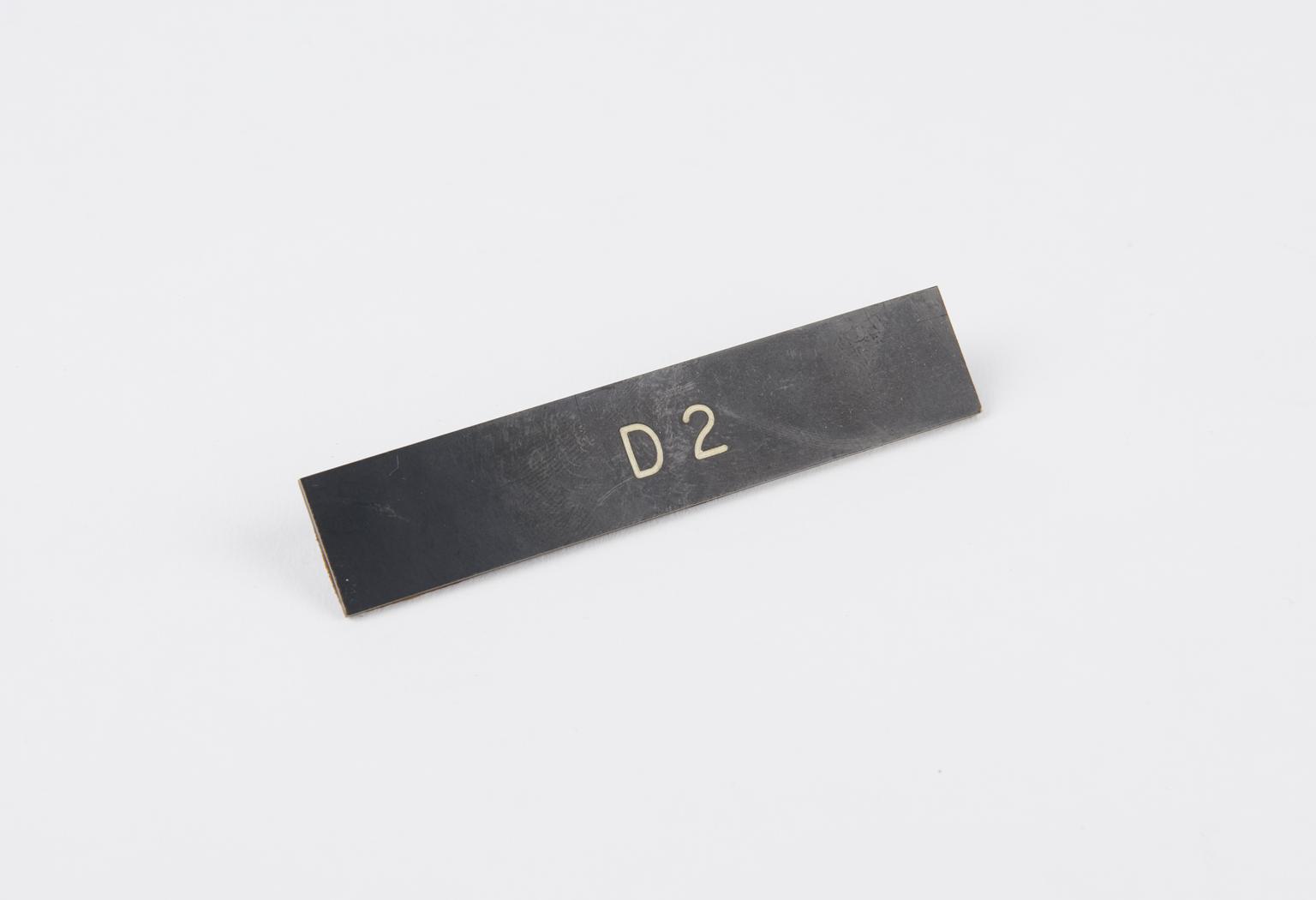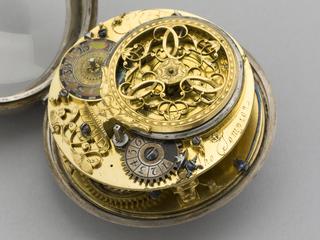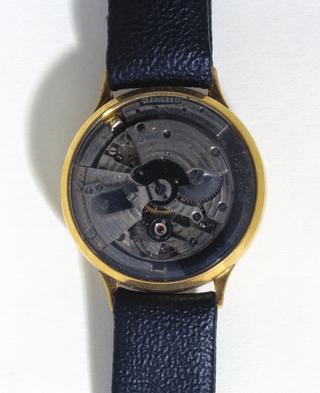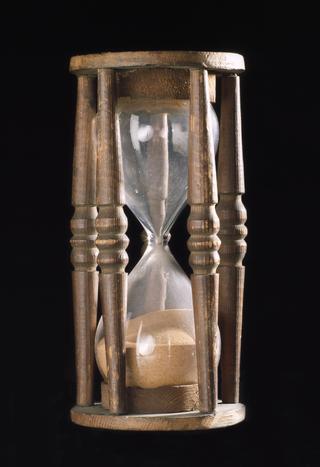Greenwich Time Service equipment
Representative sample of the equipment used for maintaining the Greenwich Time Service from about 1965 to 1990 comprising six racks of electronic equipment, two end doors, five rear doors, three covers, printer and sign
More
Ever since 1924, the BBC has been broadcasting six short audio tones nicknamed 'the pips' to act as a time check.
This equipment for generating the BBC time signal employed an internal atomic clock, and the means to compare it electronically with other, remotely-sited, atomic clocks. Installed at the Royal Greenwich Observatory at Herstmonceaux in 1970, it had a working life of 20 years, feeding its precise signals by wire to Broadcasting House in London.
The BBC's first broadcast of the 'pips', on 5 February 1924, was encouraged by Frank Dyson, the Astronomer Royal, and Frank Hope-Jones, inventor of the 'Synchronome' electrically driven pendulum clock. Hope-Jones was an advocate of William Hamilton Shortt's 'free pendulum' clocks which were installed at Greenwich in 1924 and provided the signal for the 'pips'. These were replaced in 1949 by two quartz oscillators, and then by this atomic clock. The BBC now has its own compact system of atomic clocks, linked by radio to international atomic time standards.
These developments were part of a long term drive to supply the British public with a precise time reference. From the mid-nineteenth century, standardised 'railway time' was first disseminated by telegraph, replacing a system of 'local times' where, for example, Bristol time was ten minutes behind London. From 1880, Greenwich time was made the standard for Britain and increasingly accurate clocks were employed for this.
- Object Number:
- 1990-303 Pt1
- type:
- time signal apparatus

